I got this set of images from a reader. The lens under test is a Zeiss C-Biogon 35mm f/2.8, and the camera is a Leica M10. The reader did not have a large Siemens Star and chose to test the lens at f/5.6 so that the target wouldn’t be too small in the frame. The test was performed indoors, and electronic flash was the illuminant.
A 215×283 pixel crop in the center, enlarged for the web:
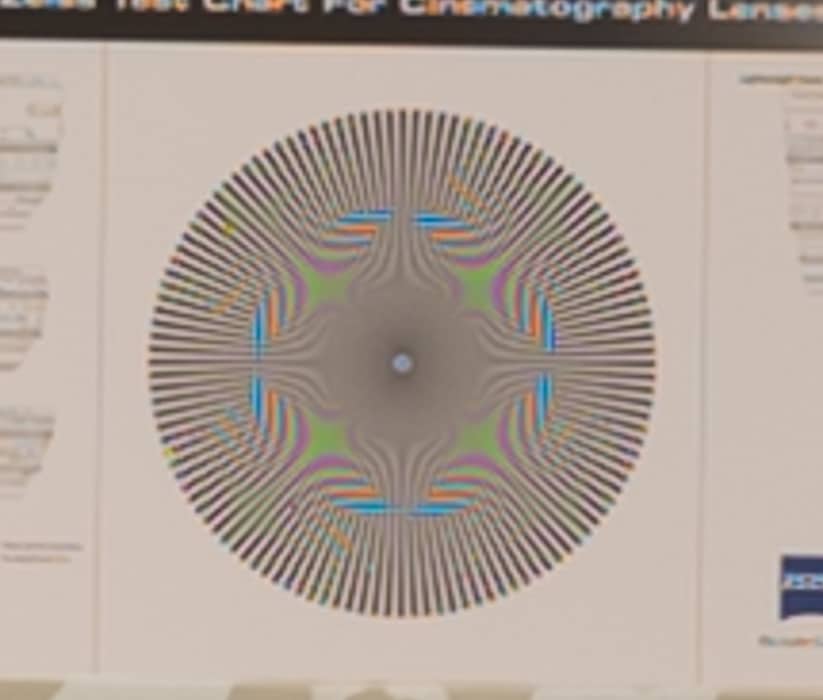
The combination of nailed focus, the smallish 24MP sensor in the M10, its lack of an AA filter, the on-axis sharpness of the Biogon, and the fact that it’s stopped down to just about its best aperture yields strong aliasing and false color.
If we consider the images in opposite pairs we can look for differences that aren’t radially symmetric. If sufficiently bad, these departures from symmetry are indicators of improper assembly.
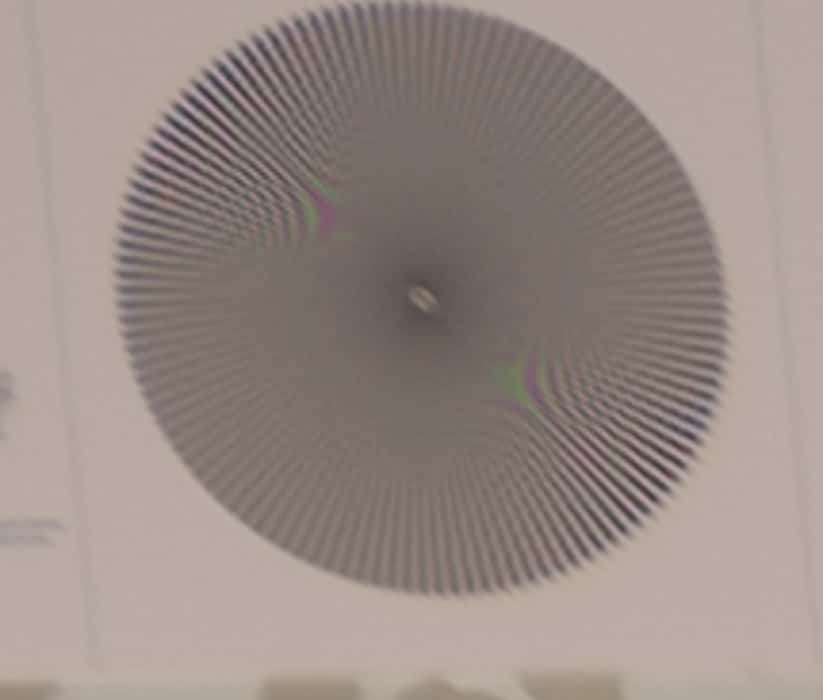
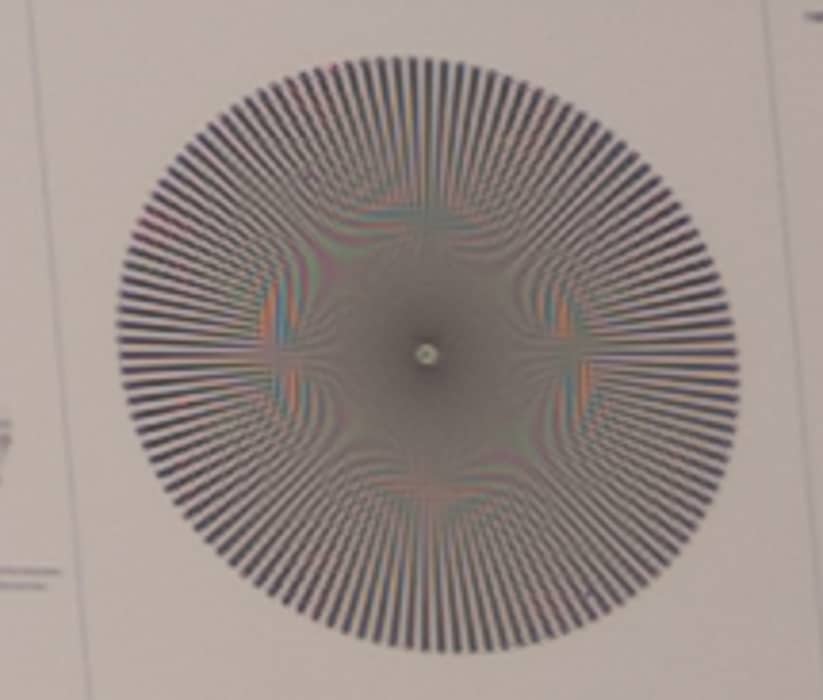
There is something wrong with the upper left image. There is strong smearing in the sagittal direction. There is no such smearing visible in the lower right image, so it’s not smear due to a mismatch of the lens design and the sensor stack.
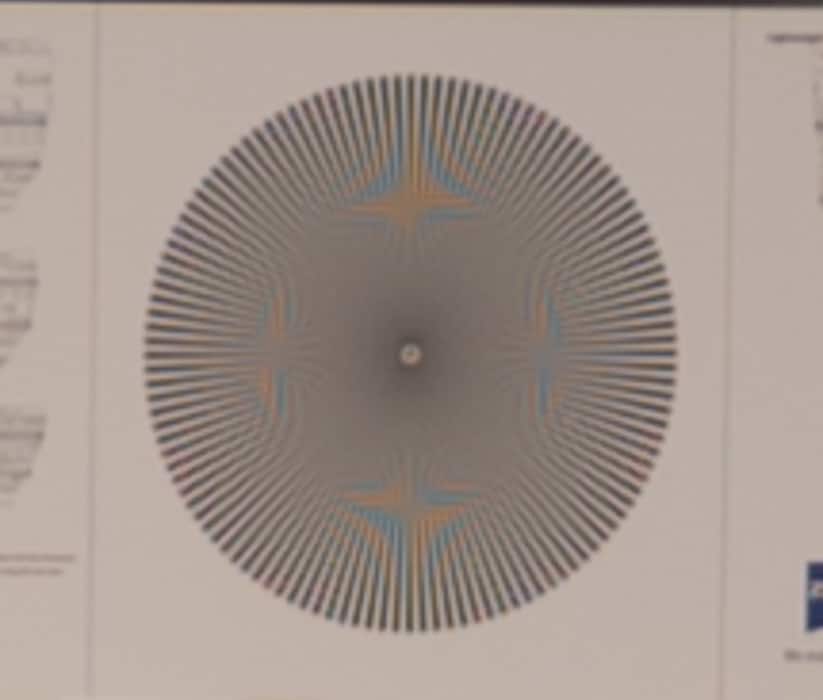
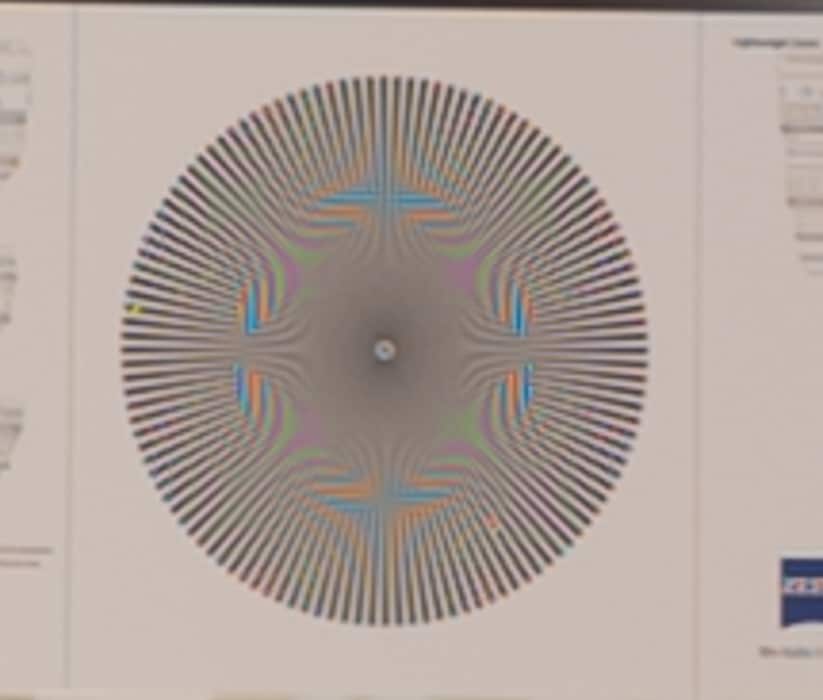
The top is definitely softer than the bottom.
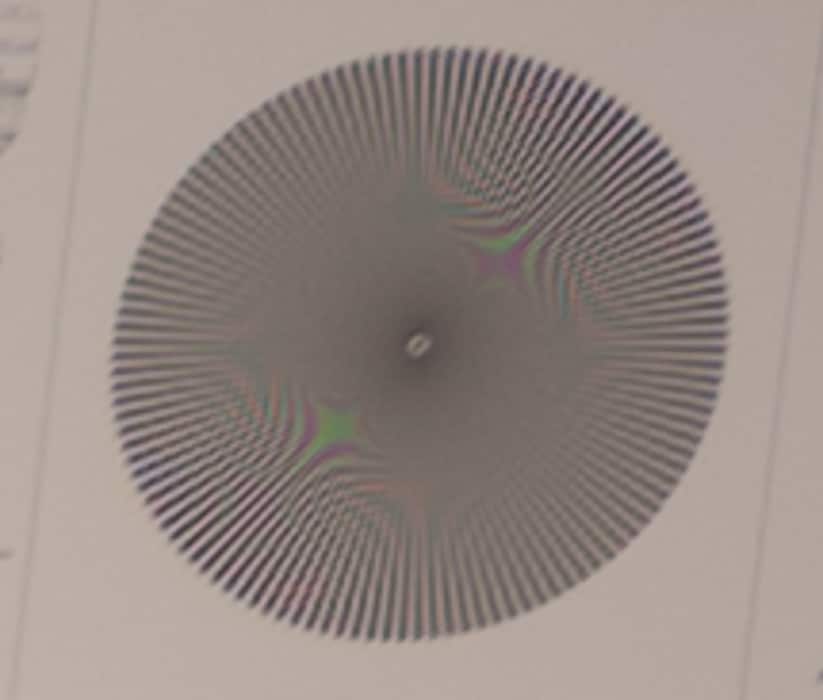
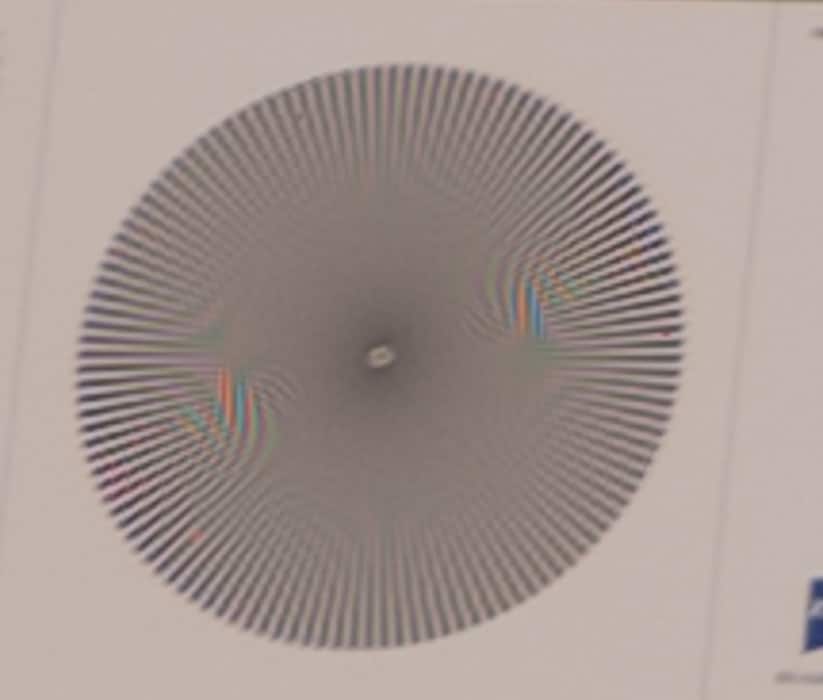
Saggital smearing on the top, and something pretty strange on the bottom.
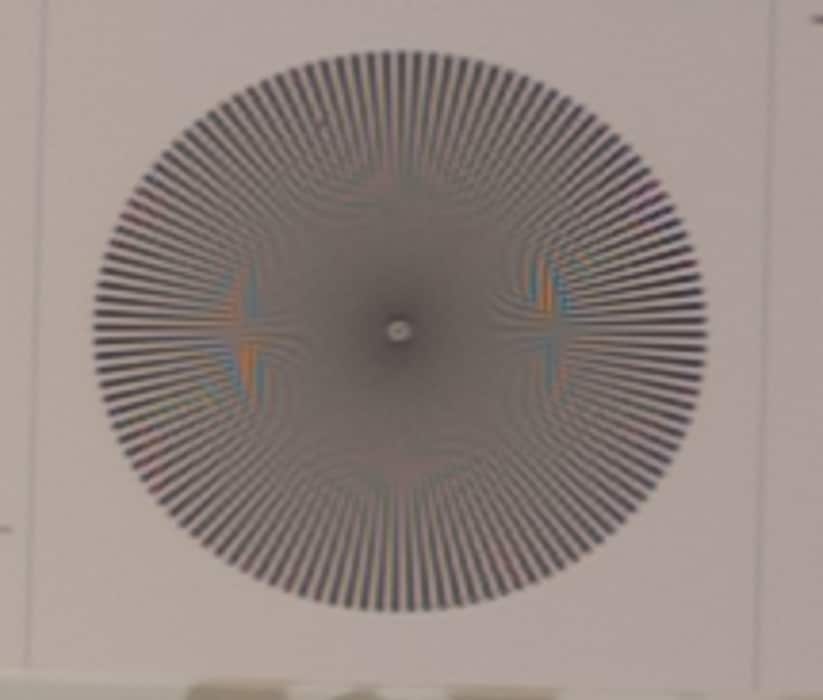
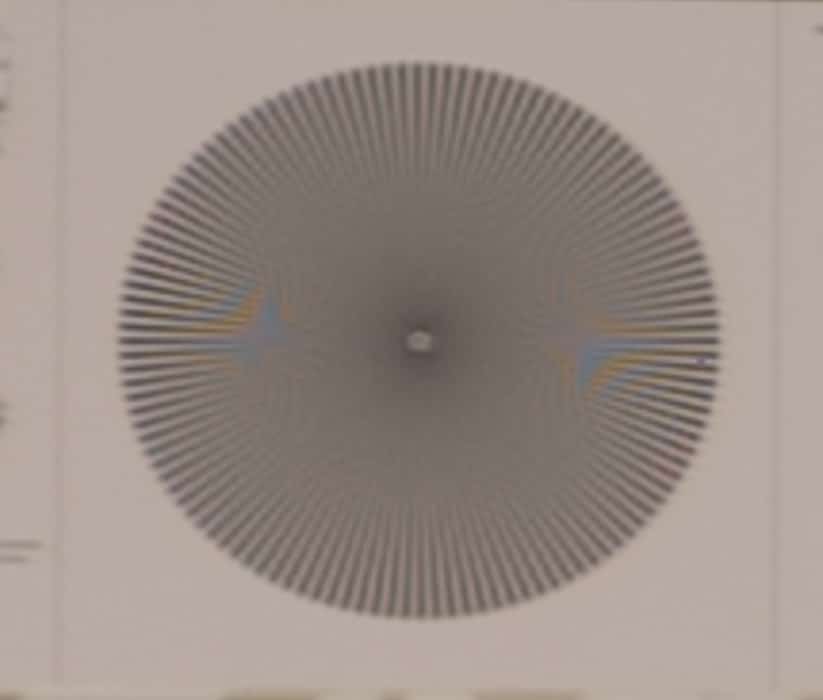
Softer on the left, in all directions.
I’d like to see a test of this lens wide open, but it is apparent that it has some problems, and that those problems are more complicated than just field tilt.